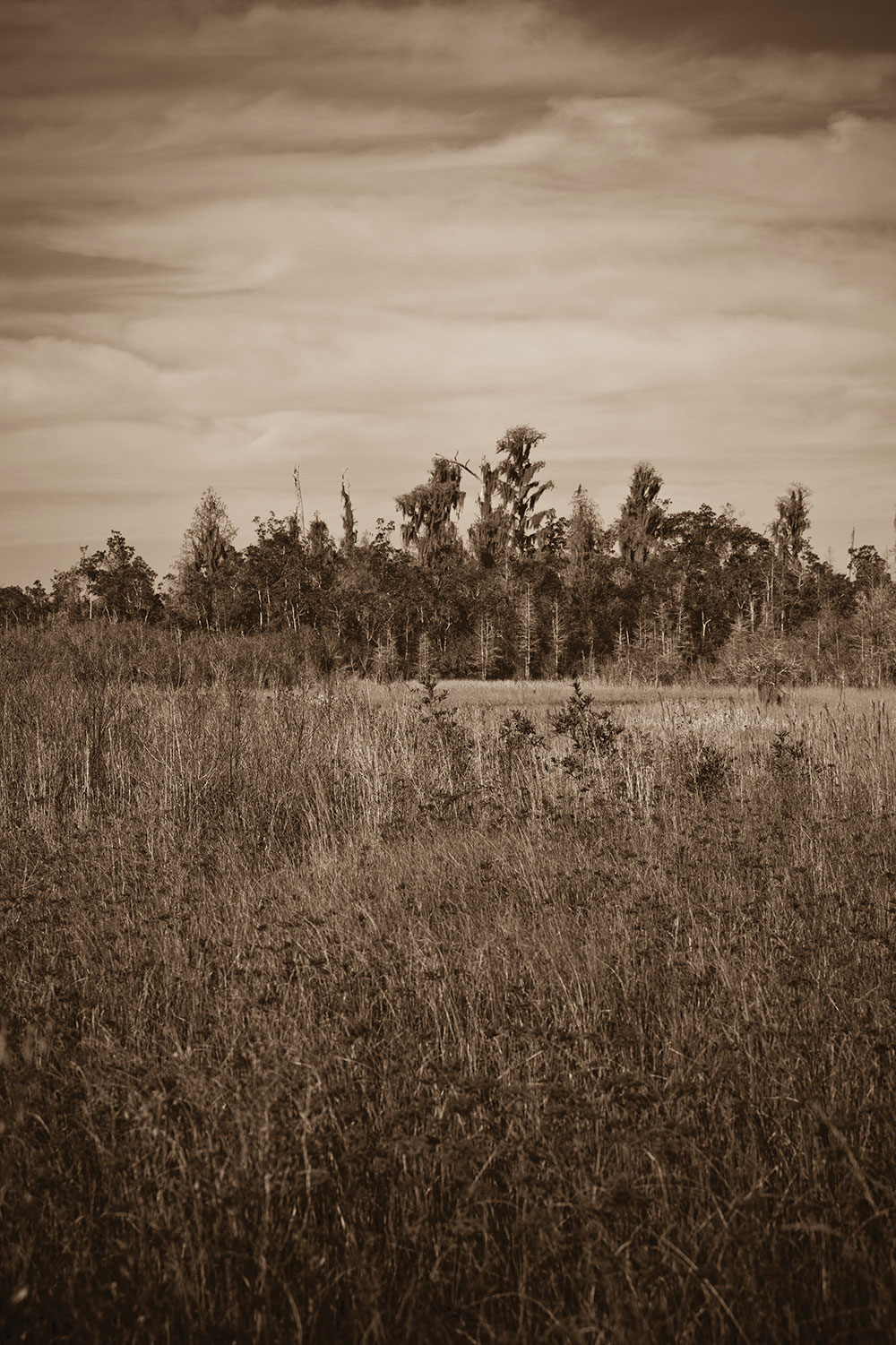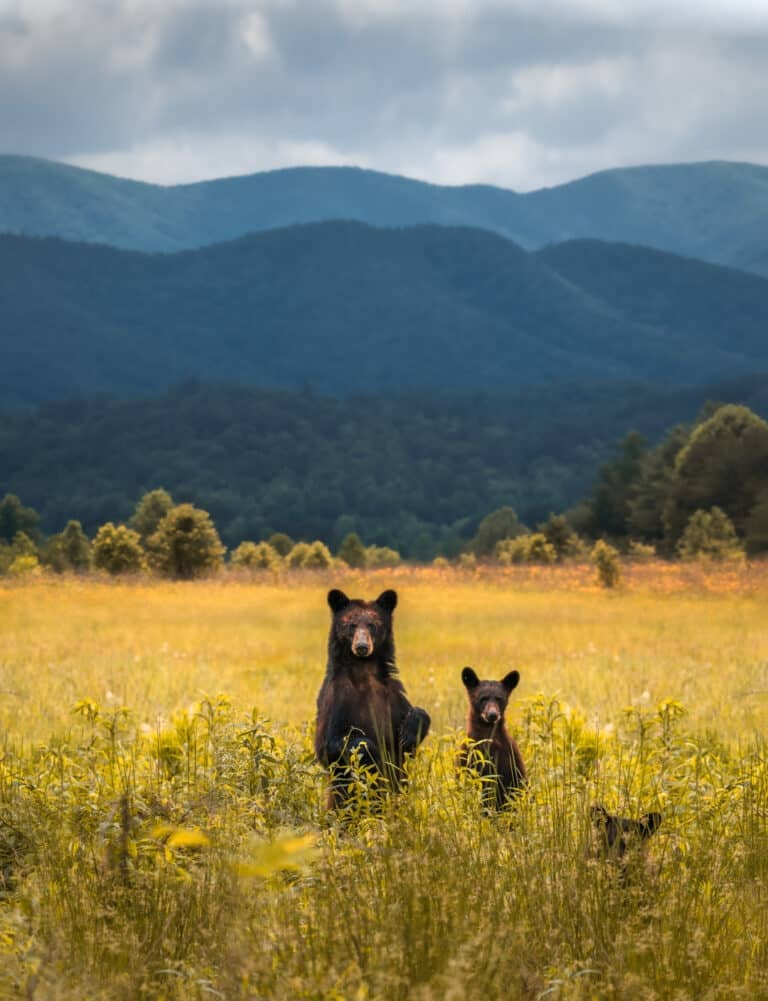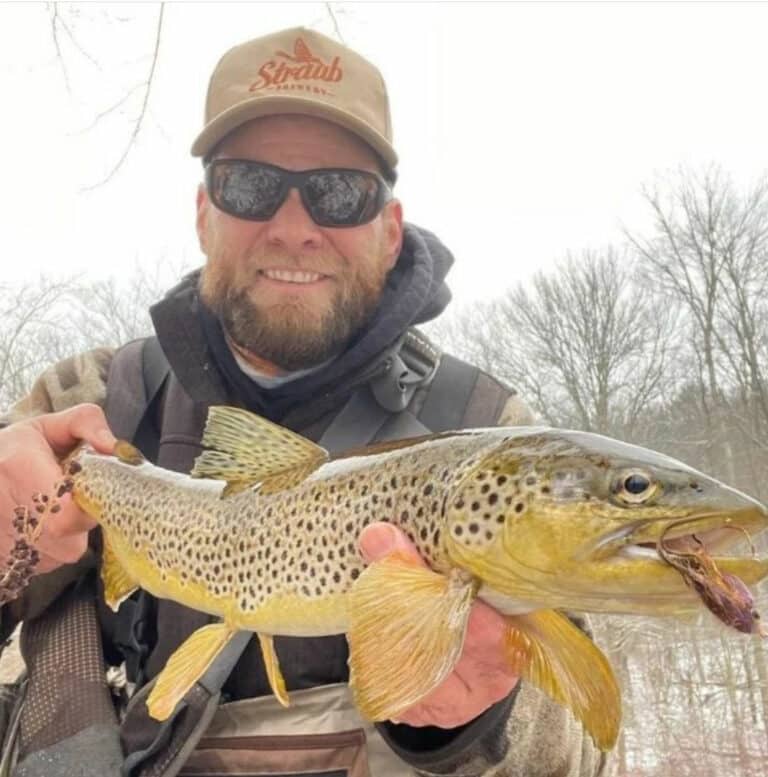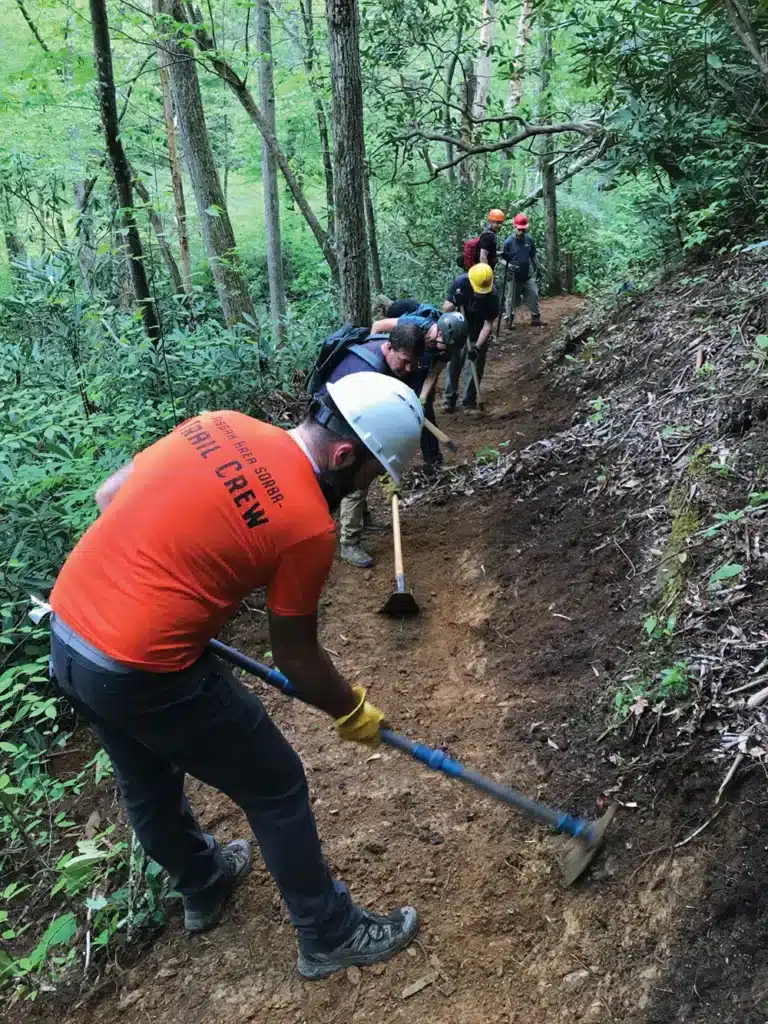How to Save the South’s Deepest, Darkest Secret
What’s the wildest spot on the map? As an outdoor writer for two decades, I’ve been asked this question a lot. Yes, most of the largest swaths of wildlands in the U.S. are out West, but there are still a few pockets of wild places in the overcrowded East. And they aren’t necessarily where you might expect.
Some would argue that the wildest spot is a rugged, remote mountain in the Smokies or the Monongahela, or perhaps a wild river gorge like the Chattooga or Linville, or a classic wilderness area like Shining Rock or Dolly Sods. The South’s newest wilderness—Upper Bald River Wilderness Area, nestled deep in East Tennessee—is certainly a strong candidate, too. Others might suggest a wild seashore like Cape Lookout or Cumberland Island.
But I would point to a bowl of blackwater in rural south Georgia, of all places. It wasn’t where I expected to find vast wildness, either. I was just tagging along on a canoe trip with some college friends twenty years ago when I found myself surrounded by towering old-growth cypress, 12-foot alligators, and one of the largest freshwater wetland ecosystems in the world: the Okefenokee Swamp.
The 438,000-acre Okefenokee Swamp is about the farthest you can get from the lights, roads, and noise of civilization. I have never felt more alive than in a canoe at night in the Okefenokee. I have never seen so many stars splattered across the sky. I have never felt so engulfed by the vastness of a wild place.
The Okefenokee is the largest wildlife refuge in the East—a 700-square-mile sanctuary for rare and endangered species, including wood storks, sandhill cranes, red-cockaded woodpeckers, gopher tortoises, and over 13,000 alligators. The Okefenokee is also a federally designated Wilderness, a Dark Sky Park, a National Natural Landmark, a Wetland of International Importance, and the largest blackwater swamp in the country.
The swamp has a deep cultural history, too. It was one of the last Seminole strongholds and provided refuge for African Americans escaping slavery.
The Okefenokee has been named to the UNESCO World Heritage Site tentative list; other World Heritage sites in the U.S. include the Grand Canyon and Yellowstone.
It is one of the most beloved and biologically diverse wildlands in the world—and now it’s also one of the most endangered.
A mining company has proposed a massive project beside the Okefenokee that jeopardizes its waters and wildlife. Three years ago, Twin Pines Minerals announced plans for a 12,000-acre, $300-million titanium mining operation adjacent to the Okefenokee.
In response, dozens of local, state, and national organizations teamed up to create the Okefenokee Protection Alliance, which collectively represents over five million members. They helped generate nearly 70,000 public comments opposing the mining project. The U.S. Fish & Wildlife Service, which manages the Okefenokee, also expressed opposition to the proposed mine.
As a result, Twin Pines temporarily scaled back its proposal to an initial 740-acre project, but it still intends on pursuing an additional 8,000-acre mining operation.
Twin Pines plans to mine for titanium ore, which is found in heavy mineral soils across the Southeast. Twin Pines claims that the mine is vital to national security because titanium is a metal used in aircraft, but 90% of titanium in the U.S. is used to make white pigments for plastic, paint, and toothpaste, according to the U.S. Geological Survey.
To extract titanium, Twin Pines will gouge deep pits into the dam-like rim of the swamp basin, which could cause groundwater to leak from the refuge. Lower water levels could destroy habitats and lead to an increased risk of wildfires.
The mining will also remove the impermeable, hardpan layer of soil that underlies the site, which could permanently disrupt the swamp’s hydrology and drainage. Twin Pines says that soil will be returned once the titanium ore is extracted, but the hardpan layer will be irreversibly ruptured.
In addition, the mining operation could release mercury and other contaminants into groundwater and surface water. And it will be pumping over 1.4 million gallons of water daily, drawing down water levels across the region.
During the permit process, the Trump administration stripped Clean Water Act protections from wetlands. Currently, all that stands in the way of Twin Pines and its Okefenokee mining project are permits from Georgia’s Environmental Protection Division (EPD).
This spring, Georgia EPD will decide whether to approve or deny Twin Pines’ mining permits. Previously, Twin Pines has been cited for dozens of environmental violations, including unauthorized toxic discharges into wetlands in Florida. Public comments are being accepted right now, and anyone can submit comments (email comments to [email protected].)
Does all this sound familiar? For many, Twin Pines’ proposal dredges up memories of DuPont’s plan to mine adjacent to the Okefenokee in the 1990s. A similarly massive public outcry grabbed national headlines, prompting then-Secretary of State Bruce Babbitt to visit the Okefenokee in 1997.
“The idea of compromising integrity of this wildlife refuge for the color of toothpaste is inconceivable,” Babbitt said afterward. DuPont withdrew its mining proposal.
No one imagined that the mining industry would propose another project in nearly the same spot 20 years later.
But life is full of surprises—and so is the swamp. On my first visit to the swamp 20 years ago, when the first mining project was proposed, I expected to arrive at a dark, dreary bog; what I found was a light-filled oasis of life.
It left a lasting imprint, and afterward, back in my college dorm, I wrote my very first advocacy letter, which began with the predictably impassioned plea: “Save the Swamp! Don’t mine the Okefenokee.”
I will be writing a similar letter again this month. Maybe you will, too. Now more than ever, this powerful, pristine, and primordial place—this wildest spot on the map—needs a deluge of love letters to save it.
Learn more at protectokefenokee.org. Email your comments on the proposed mining to [email protected].
Cover Photo: Georgia’s Okefenokee Swamp holds one of the largest freshwater ecosystems in the world. photo courtesy of getty images








